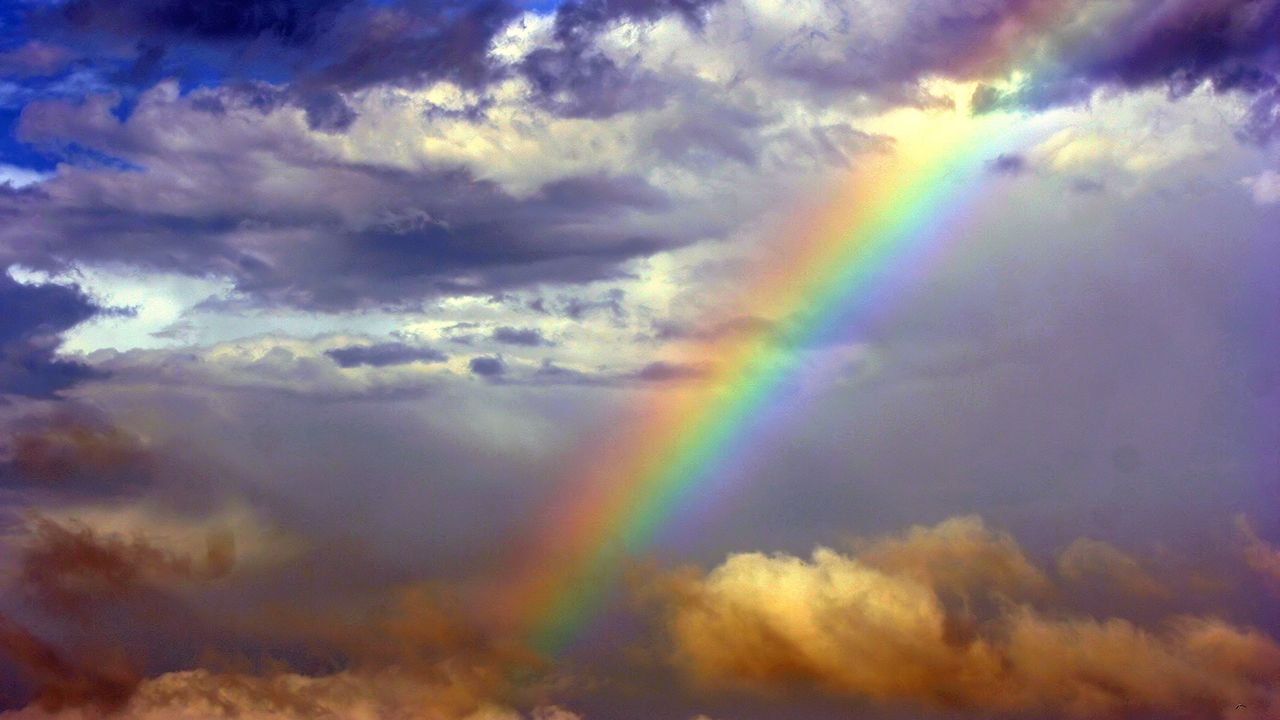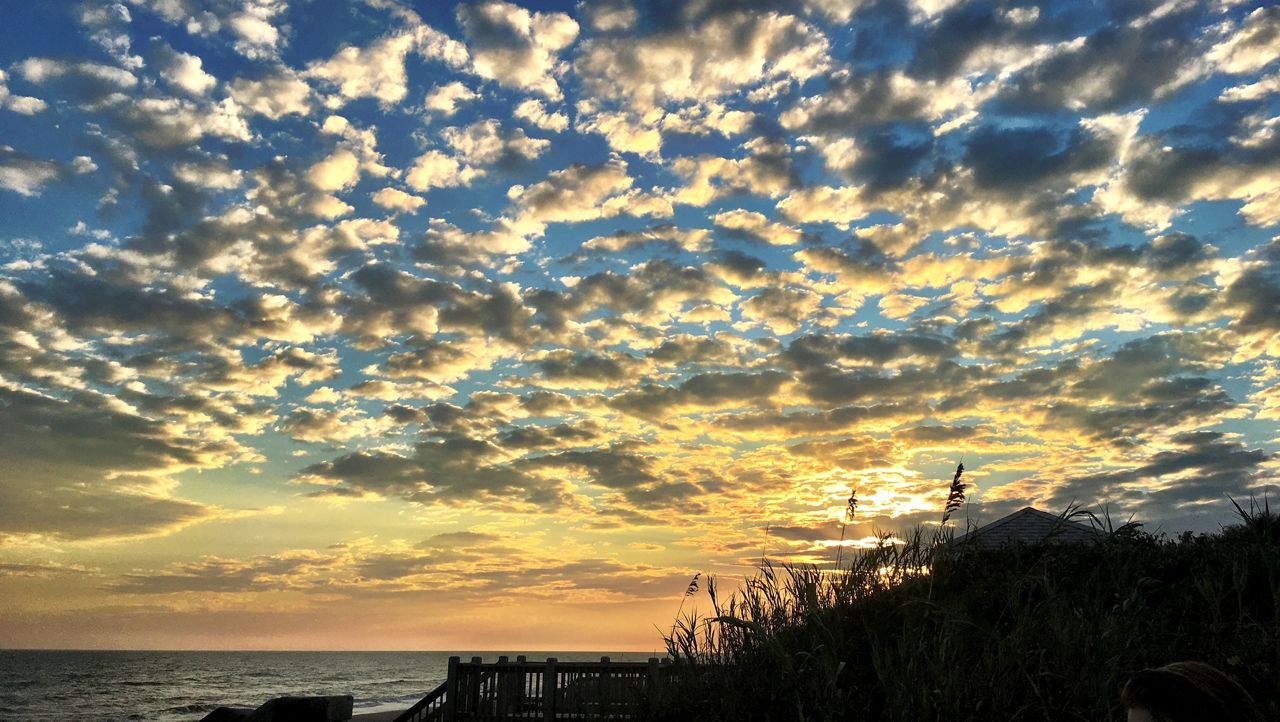One of Mother Nature’s most magical wonders is sunrises and sunsets. When sky conditions are just right, brilliant golden hues light up the skies, and reds and oranges seem to cascade through clouds on the horizon.
But have you ever wondered why we only see these colors of the spectrum at sunrise and sunset?
Light comprises all the colors of the rainbow.

During the day, particles in the Earth's atmosphere scatter sunlight in all directions and blue is scattered more than other colors because of its shorter wavelength. But in the early morning and evening hours, the light has to travel through more of the atmosphere because of the low angle of the sun.
This causes the blue light to disperse and allows the longer wavelengths of red and orange to appear.

If you’re looking to capture those colors in a perfect sunset photo, consider the weather. First, pay close attention to your local forecaster. If a storm just passed through, that’s a great time to catch a photo because the air is clean and you’ll probably still see billowing clouds in the distance at varied cloud heights.
The perfect cloud conditions to capture a great sunrise or sunset photo would be from 30 to 70 percent clouds in the sky. The cloud types that make the best photos are cirrocumulus, altocumulus, cumulus and cirrus clouds because they act as a great canvas and their rounder, crisp edges give pictures more depth without being so dense that they block the sun’s light.

Monitoring wind flow is very important too. There must be a perfect balance between winds that are too strong and too light. If the winds are just right, they can really shape the clouds and make nice cloud formations, but if the winds are too strong, they can blow all the clouds away.
With humidity in the air, you need to be careful because too much water in the air can diffuse the light and mute the colors. So aim for drier, cleaner air like the conditions that exist right after a front passes when the rain has pulled all the suspended particles to the ground and dry air is carving in behind.
One of the biggest things many don’t think about with sunset photography is that sometimes the magic doesn’t even happen until maybe 15 to 20 minutes after the sun actually sets. It’s best to scope out a location about 45 minutes before sunset, get all of your equipment set up, and then relax and wait.
Never give up until it gets dark because many times your deep reds and oranges won’t appear until after the sun has moved past the horizon.
So the next time you’re looking to capture that perfectly painted sky, keep these helpful tidbits in mind.



